

 Piero G. Giulianini - Assistant Professor in Zoology
Piero G. Giulianini - Assistant Professor in ZoologyUniversità di Trieste – BRAIN Centre for Neuroscience
Department of Life Sciences - Via Giorgieri, 5 - Building Q
34127 Trieste – Italy
tel +39 040 558 8715 - email giuliani@units.it
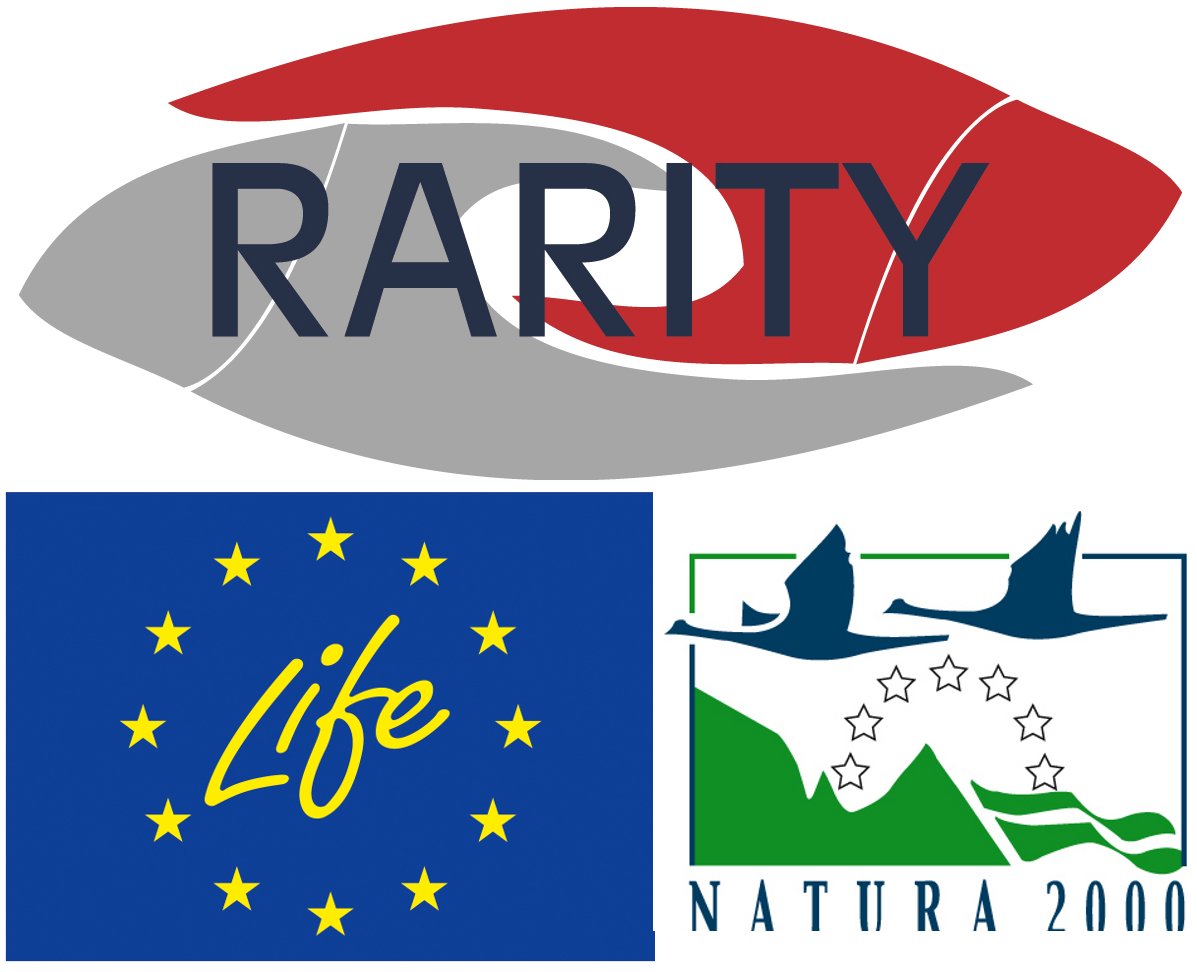 ROLES AND RESPONSIBILITIES
ROLES AND RESPONSIBILITIES
Lecturer for modules: 021PS (Biology); 896SM (Comparative Neuroendocrinology); 010SM (Zoology); in the Faculty of Psicology and Sciences.
Faculty of Psicology: Teacher and Supervisor for the PhD in Neuroscience. Faculty of Sciences: Teacher and Supervisor for the PhD in Environmental Biology.
Scientific UniTS coordinator of LIFE+ 10 NAT/IT/000239 RARITY - Eradicate invasive Louisiana red swamp and preserve native white clawed crayfish in Friuli Venezia Giulia
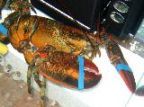
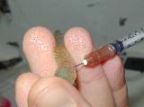 CRUSTACEAN REPRODUCTION
CRUSTACEAN REPRODUCTIONIn collaboration with:
Dr. Alessandro Mosco, PhD student in Environmental Biology
Dr. Paolo Edomi, assistant professor in Genetics
Prof. Enrico A. Ferrero, full professor in Zoology
Dr. Corrado Guarnaccia, Protein Structure and Bioinformatics, International Centre for Genetic Engineering and Biotechnology
Dr. Simonetta Lorenzon, researcher, OGS - Istituto Nazionale di Oceanografia e di Geofisica Sperimentale
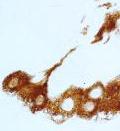 In crustaceans the gonad function and development are under the control of the neuroendocrine axes and of a complex network of interrelationships between target tissues and nervous system. More than 65 years ago Panouse reported that eyestalk ablated shrimps showed an evident increase of gonado-somatic index, the ovaries reaching a weight about 13 times bigger compared to the controls. The hormones involved in the current scenario of endocrine control of reproduction are: 1) the family of eyestalk neuropeptides that includes the crustacean hyperglycaemic hormone (CHH), the moult inhibiting hormone (MIH), the mandibular organ inhibiting hormone (MOIH) and the gonad (or vitellogenesis) inhibiting hormone (GIH or VIH); 2) the biogenic amines (serotonine and dopamine); 3) the sesquiterpene methyl farnesoate. The pleiotropic effects of the different isoforms of CHHs in decapods play a central role in the reproductive physiology.
In crustaceans the gonad function and development are under the control of the neuroendocrine axes and of a complex network of interrelationships between target tissues and nervous system. More than 65 years ago Panouse reported that eyestalk ablated shrimps showed an evident increase of gonado-somatic index, the ovaries reaching a weight about 13 times bigger compared to the controls. The hormones involved in the current scenario of endocrine control of reproduction are: 1) the family of eyestalk neuropeptides that includes the crustacean hyperglycaemic hormone (CHH), the moult inhibiting hormone (MIH), the mandibular organ inhibiting hormone (MOIH) and the gonad (or vitellogenesis) inhibiting hormone (GIH or VIH); 2) the biogenic amines (serotonine and dopamine); 3) the sesquiterpene methyl farnesoate. The pleiotropic effects of the different isoforms of CHHs in decapods play a central role in the reproductive physiology.Lab current research
Production of synthetic cHH's isoforms to understand their roles in crustacean physiology.

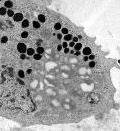 INSECT ECOTOXICOLOGY
INSECT ECOTOXICOLOGYIn collaboration with:
Dr. Anita Giglio, assistant professor in Zoology, Department of Ecology, University of Calabria
Prof. Pietro Brandmayr, full professor in Zoology, Department of Ecology, University of Calabria
Dr. Federica Talarico, researcher, Department of Ecology, University of Calabria
Toxicity of insecticides at sub-lethal concentration to non-target generalist carabid predators are quantified by toxicity test, total/differential haemocyte counts and morphometric analyses.
Lab current research
The understanding of various chemicals long-term sub-lethal effects on carabids.
Piero G. Giulianini - Dipartimento di Scienze della Vita - ©2011 University of Trieste